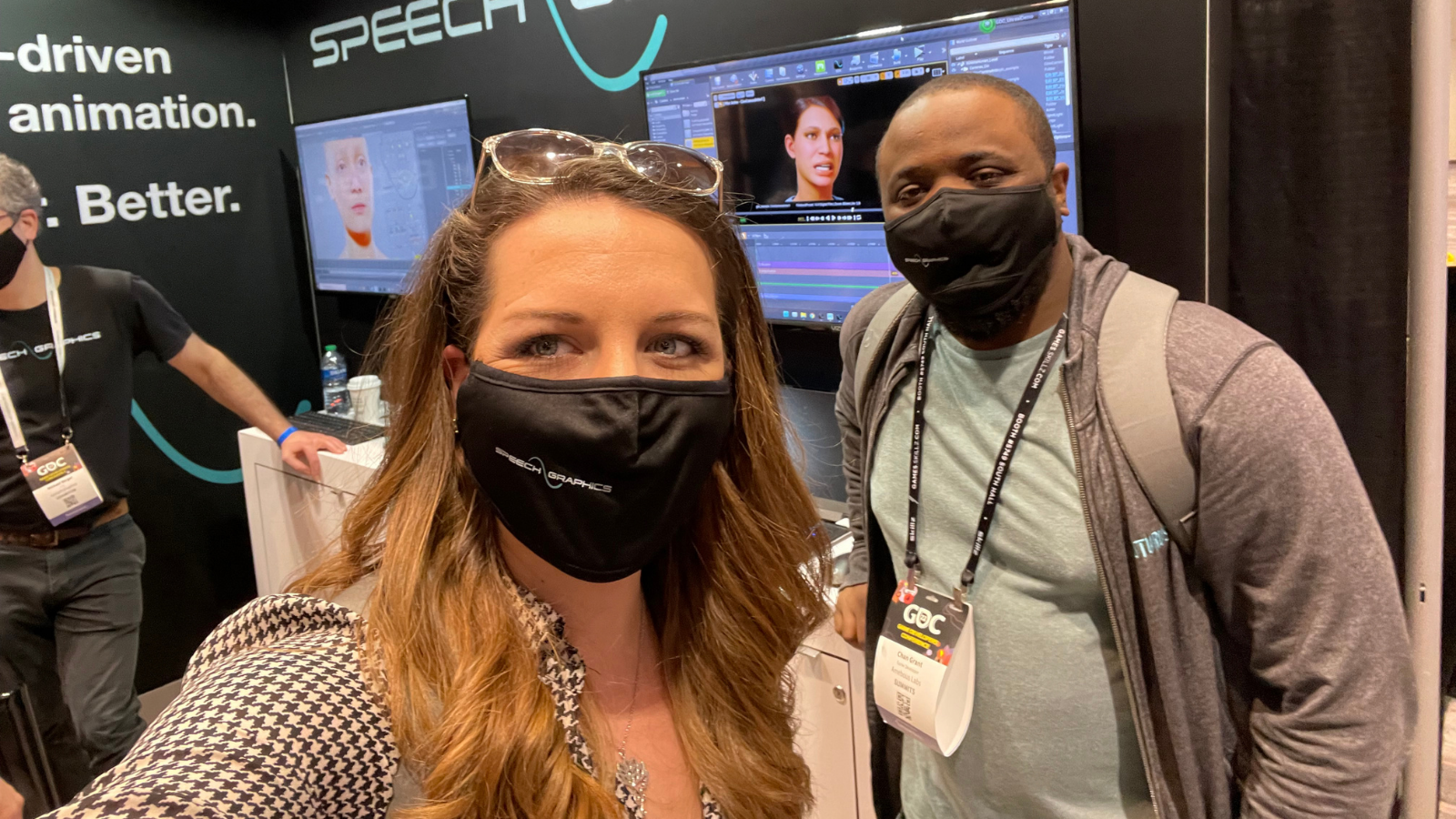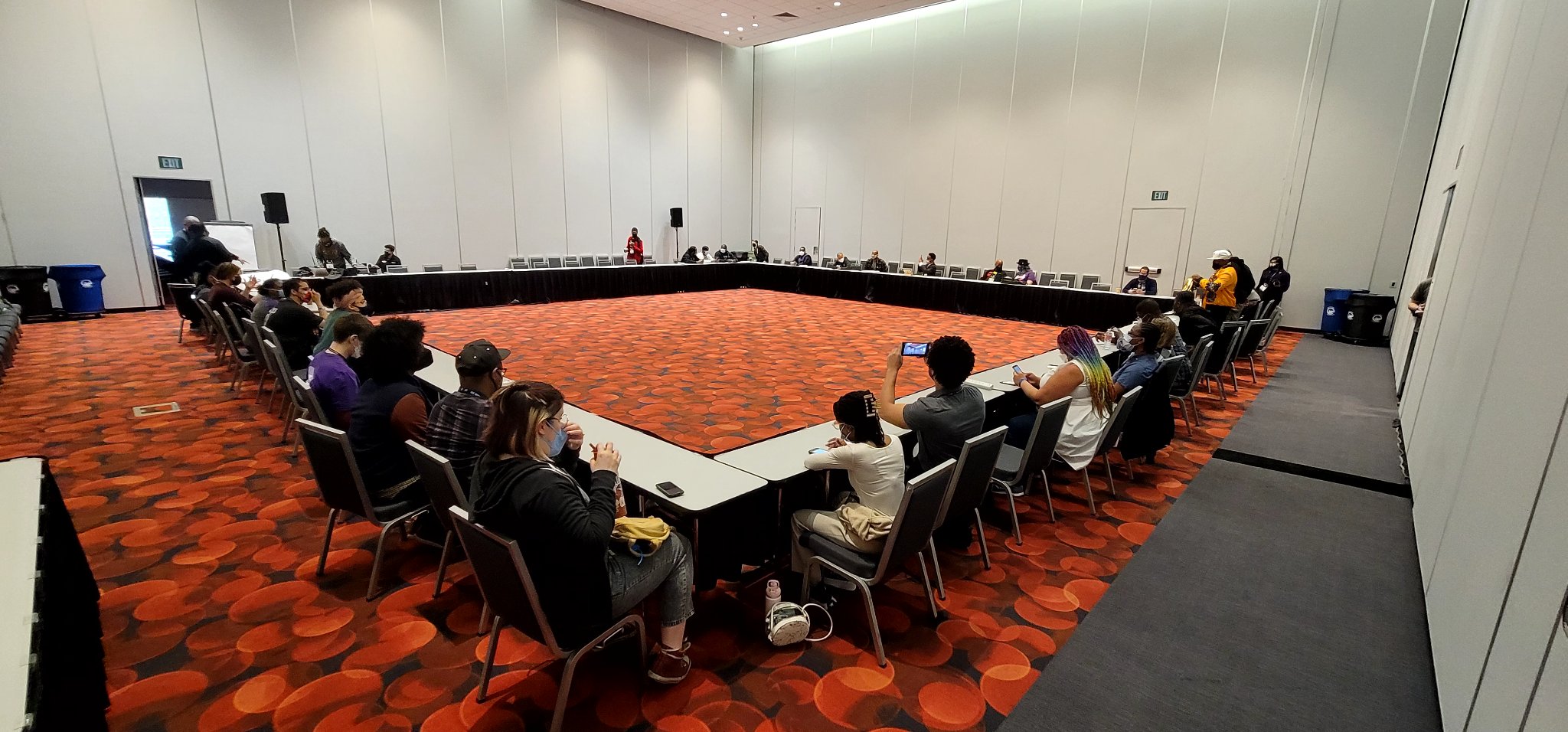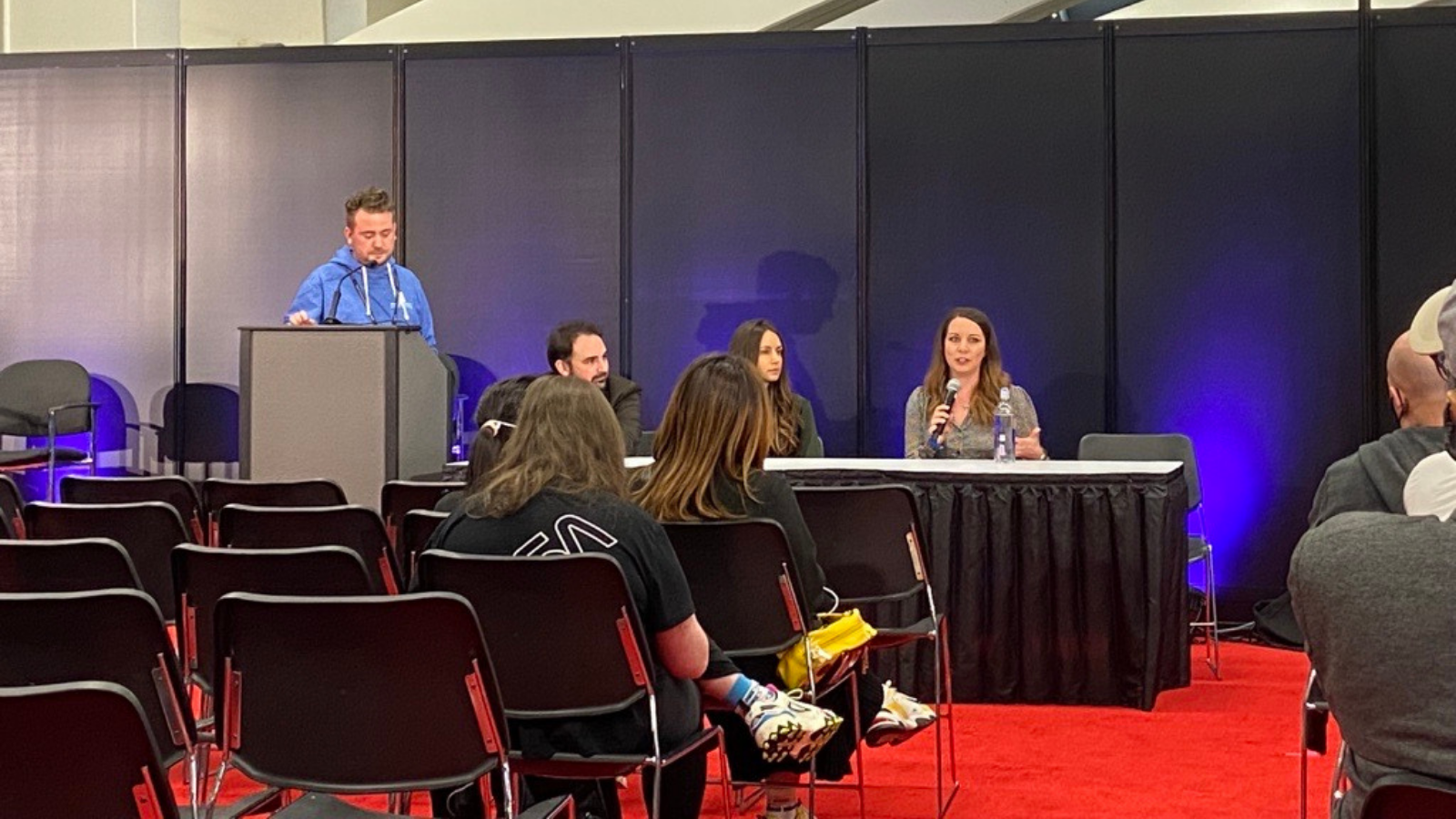GDC 2022: DAY 3

Written by Nick Foster



The Fine Line Between Difficult and Impossible: Adventures in VR Development


Devin Reimer (CEOwl, Owlchemy Labs) and Andrew Eiche (CTOwl & Cable Slinger, Owlchemy Labs) describe the difference between ‘impossible’ development problems and ‘very difficult’ ones.
Problem-solving and critical thinking are two major aspects of game development. Getting your game to look and run how you envisioned on various different hardware systems is difficult and, at times, borderline impossible. In this presentation led by Owlchemy Labs, the game development studio behind the hit VR game Job Simulator, Devin Reimer and Andrew Eiche argue that the best development rides the fine line between an impossible problem and a daunting challenge.
The Owlchemy team explained how something impossible feels the same as something very difficult, but impossibility can only be factored in when looking at the overall project holistically. Each individual issue may be difficult, but when you have too many difficult problems, then the entire project becomes impossible. During the development of Cosmonious High, Owlchemy Labs realized the importance of being flexible with your game’s requirements — the size and scope of Owlchemy’s original vision for the game had to be scaled back in order to effectively optimize the game.
Three Opportunities to Improve Character Design in the Games Industry


Jessica Tompkins (Senior Researcher, Electronic Arts) shares historical trends in game character design.
The expo show floor opened up today with so much to see and do, but I made it a point to attend Jessica Tompkins’ talk on character design. She shared her findings and ideas regarding how developers can be agents of change at their game studios and improve representation in video games.
She suggested focusing on motivation driven design rather than designing for demographic parameters, going beyond being an ally and actually pushing for change by acting and advocating, and, finally, opening up the conversation while future game industry professionals are in school — it is not a conversation that higher education should be timid about having. Taking these steps will help to push the industry forward and be more welcoming of underrepresented gamers and game developers.
Hardware Demo: Speech Graphic’s Facial Animation Tool



Chan and I got to demo Speech Graphics’ audio-driven facial animation tool. It was fantastic seeing how their product creates extraordinarily realistic face and mouth movements from just a single audio file. Tools like these will be monumental in expediting production pipelines, so I can’t wait to try this for some of our future VR projects.
Serious Games Roundtable


Matthew Lee (Chair, IGDA Serious Games SIG) chats with developers about various styles of game design in a roundtable discussion.
I had the absolute privilege of attending the Serious Games Roundtable on the third day of GDC. I admit I was not familiar with the roundtable format when I walked into the room, so I was very surprised to see a bunch of tables lined up in a circle. Each developer took a seat at the table and a live mic was passed around so that everyone who wanted to talk had an opportunity to do so.
As a lifetime lover and admirer of both serious and educational game design, it was interesting to hear insights and thoughts from fellow developers. While I recognized a few terms tossed around during the discussion, I learned several new phrases and ideas that I absolutely adore and would love to start using regularly.
Game Economies: An Economist’s Perspective
I also attended a talk regarding in-game economies presented by Christopher Smith, the chief economist at Metanomic Ltd. He explained economic theories and concepts that should influence your game design. While most of it went over my head, I thought the talk was incredibly informative, especially considering our studio is currently supporting Loam Sandbox with post-launch content.
As a lifelong admirer of both serious and educational game design, it was interesting to hear insights and thoughts from fellow developers. While I recognized a few terms tossed around during the discussion, I learned several new phrases and ideas that I absolutely adore and would love to start using regularly.
Understanding Developer Challenges with Localization, Player Support, and More


Annie shares VR game development problems and the best ways to tackle them.
During day three of GDC, Annie also joined Alexander Fletcher (Global Director, TransPerfect Gaming Solutions), Xavier Marot (Director of Production, Focus Home Interactive), and Ninel Anderson (CEO, Devoted Studios) on the GDC Industry Stage for a panel discussion exploring real-life game development issues and scenarios.





